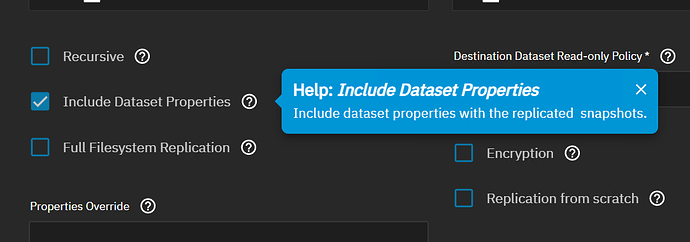Actually IMO this is the opposite of what should happen.
iX are now saying that running old-style KVM VMs alongside Incus is technically almost as simple as re-enabling the old functionality. If it is that easy, then why didn’t iX deliver the experimental Incus technology alongside the old virtualisation technology in the first place.
Indeed, why don’t iX have a strategy to deliver almost all technologies in this parallel fashion?
When I questioned whether it was technically possible to deliver Docker alongside Kubernetes, iX eventually admitted that it would have been possible to do this. This would probably NOT have been quite as simple as running them alongside - they might e.g. have needed to run Kubernetes in a Docker container. BUT iX said it would have been possible, but they chose NOT to do so.
This is a repeating theme - they could deliver a better migration path for new technologies, but they choose not to.
But perhaps what has happened with Incus should be the model for delivering all new technologies.
-
iX tries to implement all new technologies in parallel with old technologies that they will eventually replace (though there will be exceptions where this is technically impossible - e.g. you can’t run kernels in parallel, or services which need to use the same standard ports).
-
If you do this, so long as the new technologies don’t impact other services, it doesn’t matter if the new technologies are “experimental” because you can use as many following minor and major releases as you need to round out fully the technology.
-
Eventually the technology will be fully rounded out and mature, and you can then advise all users to migrate, ideally by providing user triggered migration scripts to do the heavy lifting.
-
Finally - or perhaps at the same time as point 3. - you can announce that the old technologies will be removed in the next major release, allowing a reasonable amount of time (say 6 months) for users to action the migrations from old technology to new technology.
Because this moves away from sudden-death migrations, I believe that it could actually result in faster adoption of new releases (which seems to be a metric that iX like to crow about). Certainly I delayed my migration to EE for as long as I possibly could in order to reduce the risks of my app migrations failing - and I doubt that I was alone in this - had they delivered Kubernetes and Docker infrastructure in parallel I would have moved to EE much much earlier.
I think you will find that Open Source is mostly about security, cooperation, synergy and longevity:
- the source can be independently checked for bugs and security holes;
- development can be done by hundreds or even thousands of developers in parallel; and
- these developers may have some great ideas and insights that a closed-source development group might never imagine themselves; and
- open source projects stop developers from withdrawing the software or holding users to ransom with risks of e.g. license changes, license or support fee increases, because if these happen with open source then someone will fork the project and keep it going (like the TrueNAS Core fork) so the software can live successfully far longer than closed source.
(Indeed I can give several examples - good and bad - from the open source world to support the above points.)
Then you are in the minority - home-labbers who just want to tinker may feel this way, but anyone who uses their TrueNAS system for real-life production (even home) wants stability not bleeding edge.
As I have pointed out above, introducing “experimental” technologies does NOT have to be bleeding edge for existing users. Introducing them in parallel would allow existing technologies to remain rock solid whilst new technologies start bleeding edge and then mature into rock solid replacement technologies.
This has NOTHING to do with whether you pay or not - it is a business / technical strategy as to how you deliver new technologies that decides this, not $$$$.
